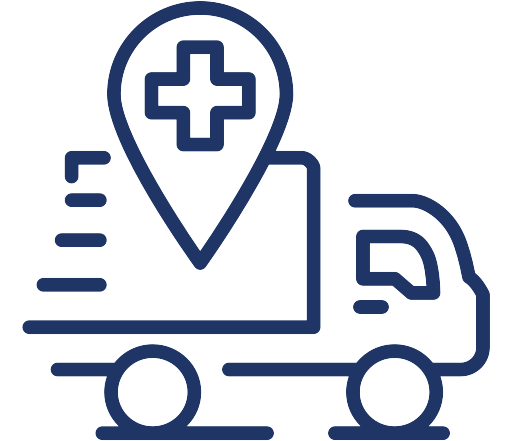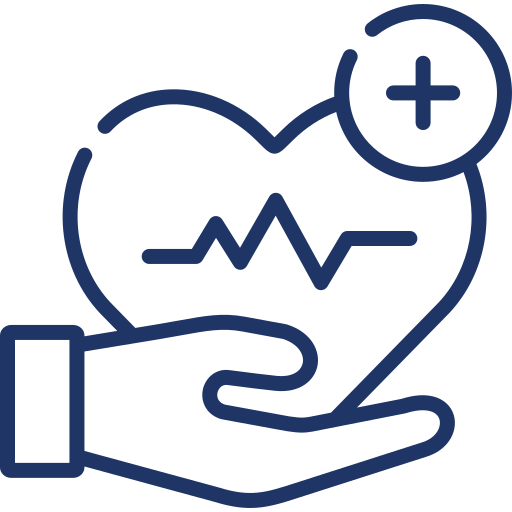Chlamydia is a common sexually transmitted infection (STI) that affects both men and women. It’s crucial to understand the risk factors, symptoms, and treatment options to maintain your sexual health.
In this blog post, we’ll share the top 20 things you need to know about chlamydia infections.
- Chlamydia is caused by the bacterium Chlamydia trachomatis, which can infect the genitals, rectum, throat, and eyes.
- It is one of the most common STIs, with millions of new cases reported annually worldwide.
- Chlamydia primarily spreads through sexual contact, including vaginal, anal, and oral sex.
- The infection can also be transmitted from an infected mother to her baby during childbirth.
- Chlamydia often shows no symptoms, particularly in its early stages, making regular testing crucial for sexually active individuals.
- When symptoms do occur, they may include pain during urination, abnormal discharge, and lower abdominal pain.
- In men, chlamydia may cause pain or swelling in the testicles.
- In women, if left untreated, chlamydia can lead to pelvic inflammatory disease (PID), which may cause chronic pain and fertility problems.
- Chlamydia can also increase the risk of ectopic pregnancy in women and potentially lead to life-threatening complications.
- In men, untreated chlamydia can cause epididymitis, which can result in infertility if not treated promptly.
- Using barrier protection, such as condoms, during sexual activity can significantly reduce the risk of chlamydia transmission.
- Regular STI testing is essential for sexually active individuals, particularly those with multiple partners or a new partner.
- Chlamydia can be diagnosed through a urine test or a swab of the affected area.
- The infection is treatable with antibiotics, typically azithromycin or doxycycline.
- It’s crucial to complete the full course of prescribed antibiotics to ensure the infection is fully treated.
- Both partners should be treated simultaneously to prevent reinfection.
- Refrain from sexual activity until both partners have completed treatment and the infection has cleared.
- Follow-up testing is recommended three months after completing treatment to ensure the infection is gone.
- If you test positive for chlamydia, inform your sexual partners so they can also be tested and treated if necessary.
- Maintaining open communication with your healthcare provider and staying informed about your sexual health can help prevent chlamydia and other STIs.
Chlamydia is a prevalent and often asymptomatic STI that can lead to severe health complications if left untreated. By understanding the risk factors, symptoms, and treatment options, you can take charge of your sexual health and prevent the spread of chlamydia.
 (917) 310-3371
(917) 310-3371


